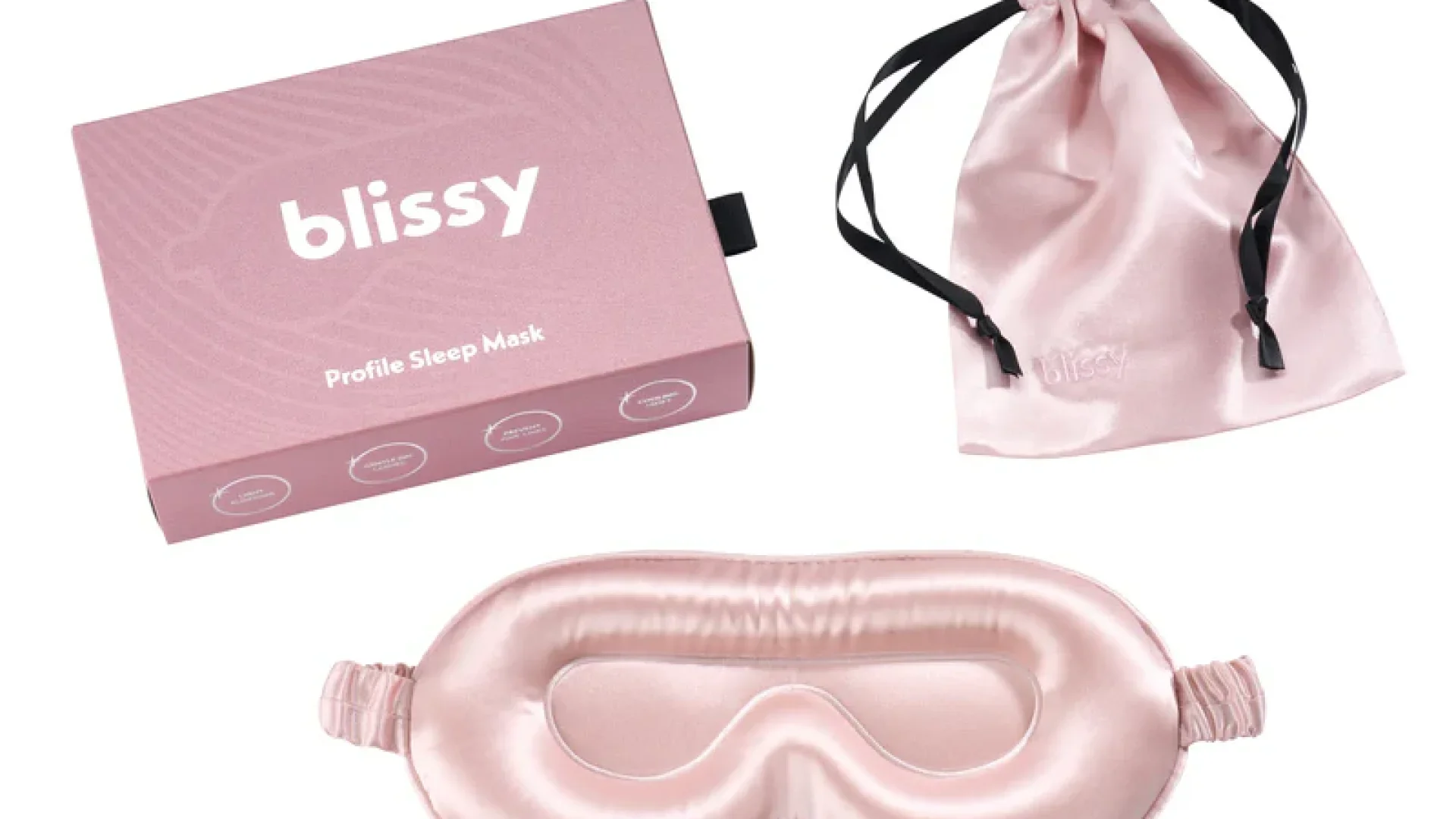
Experiencing any type of allergy isn’t ideal, especially during the colder months.
While some mistake allergies for a common cold, those who are familiar know it’s a little bit more complicated than that. However, many factors might lead to fall allergies, given the seasons are changing, like the windy or dry days, causing pollen counts to be high, or the dust that might’ve made its way into your home. Unlike tree pollen, which usually causes allergies in the springtime, ragweed pollen is a huge trigger that causes fall allergies. Additionally, hot temperatures can make allergy symptoms last longer and cause mold spores to be released whenever there’s high humidity or the weather is dry and windy.
Lastly, children are heading back to school, allowing more fall allergies to penetrate because mold and dust mites are common in schools. So, how do you survive all of these fall allergies? The first step is awareness, and the next is seeking help from your primary physician.
What Are the Symptoms?
- Runny nose
- Watery eyes
- Sneezing
- Coughing
- Itchy eyes and nose
- Dark circles under the eyes
Ways to Limit Your Exposure to Fall Allergies:
Reduce exposure: To avoid high pollen counts, try staying inside during hot, windy, and dry days. Additionally, avoid gardening chores or choose to wear a face mask when going outdoors.
Clean your home: Dust and vacuum frequently to reduce indoor allergens. Use a high-efficiency air filter to catch indoor allergens. Consider a dehumidifier to keep your air at 35% and 50% humidity.
Consider nasal sprays or other medications: Steroid sprays can reduce inflammation in your nose, and antihistamines help stop sneezing, sniffling, and itching. Additionally, decongestants help relieve stuffiness and dry up the mucus in your nose.





